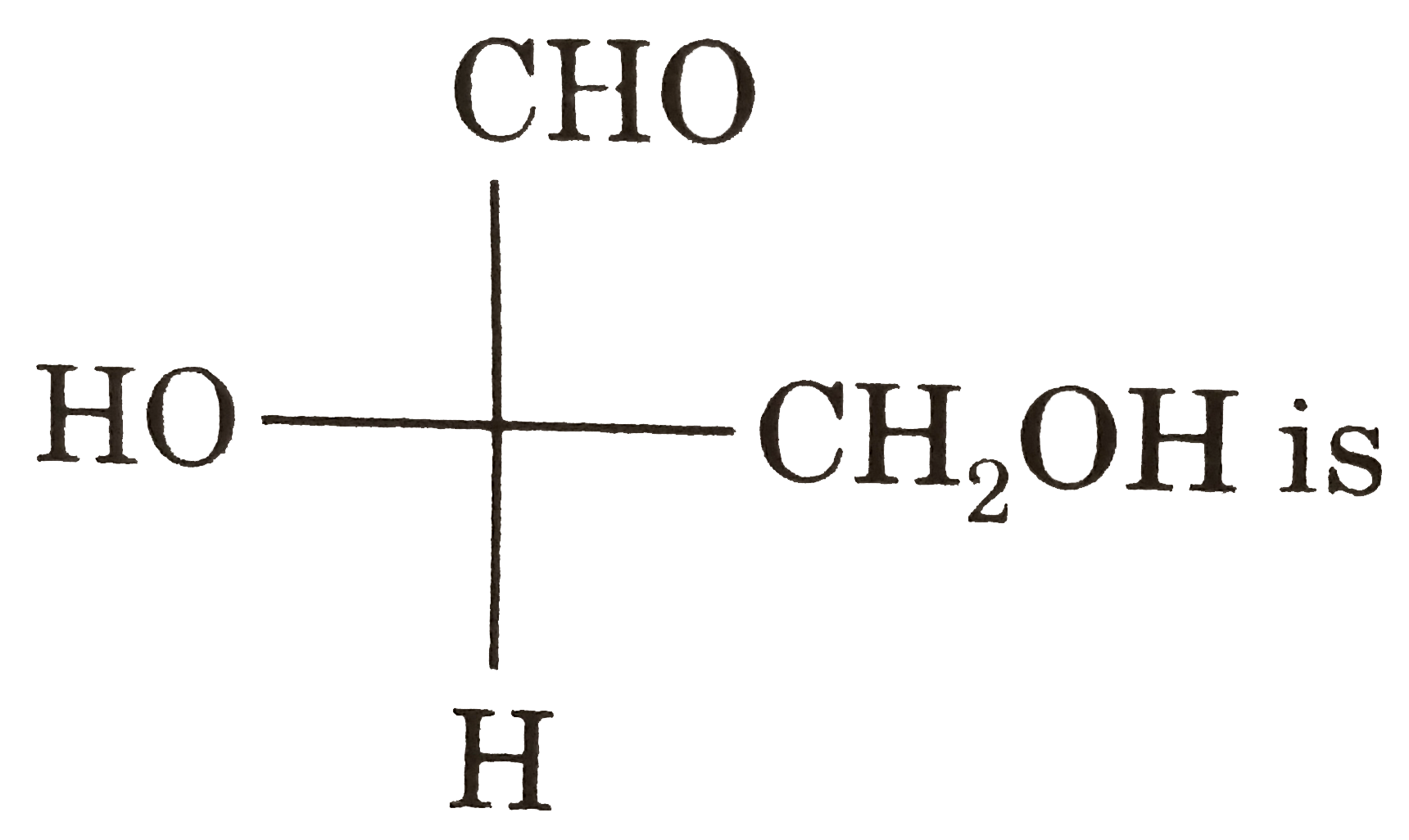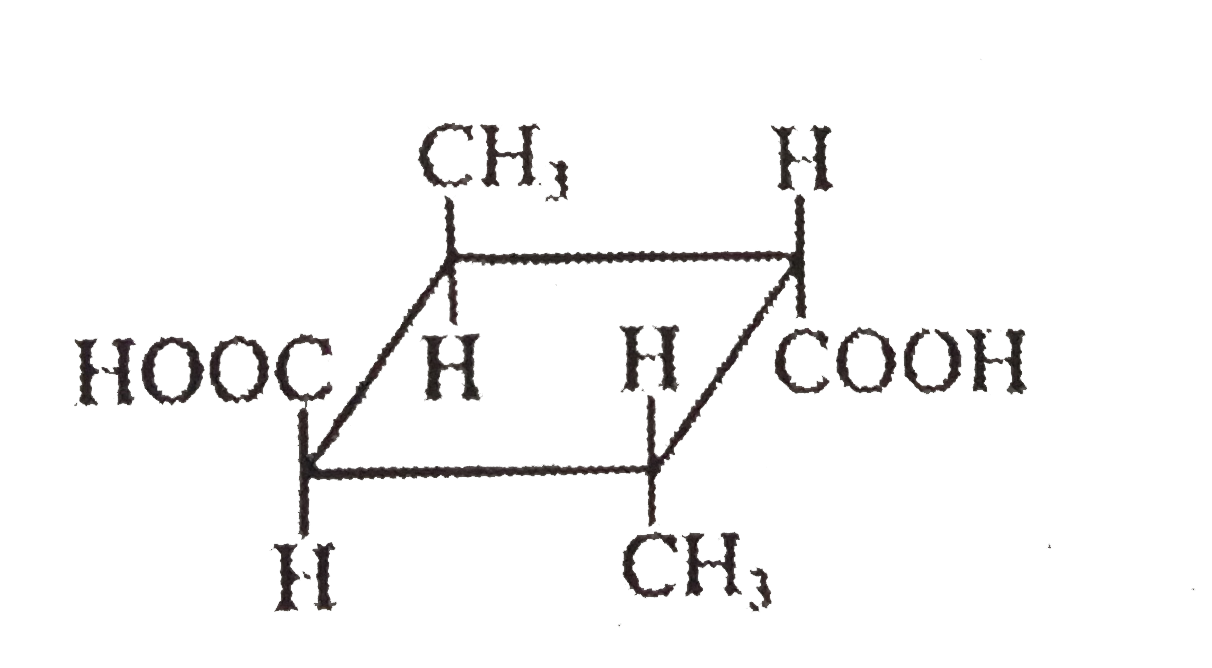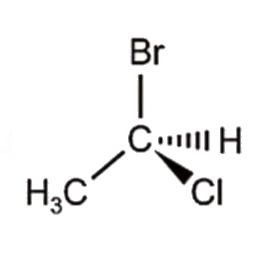Duplet configuration is not found in
Hydride ion
Hydrogen molecule
Lithium cation
The correct Answer is:D
To determine where the duplet configuration is not found, we first need to understand what duplet configuration means. The duplet configuration refers to the electron arrangement of atoms that have two electrons in their outermost shell, similar to the noble gas helium, which has a configuration of 1s².
1. Understanding Duplet Configuration:
- The duplet configuration is characterized by having two electrons in the outermost shell. The most common example is helium, which has the electron configuration of 1s².
2. Analyzing Different Species:
- Hydride Ion (H⁻):
- The electron configuration for hydrogen (H) is 1s¹. When it gains an electron to form H⁻, the configuration becomes 1s², which follows the duplet rule.
- Hydrogen Molecule (H₂):
- In H₂, two hydrogen atoms share their electrons. Each hydrogen atom contributes one electron, resulting in a total of two electrons (1s² configuration), thus following the duplet rule.
- Lithium Cation (Li⁺):
- Lithium has an atomic number of 3, with the electron configuration of 1s² 2s¹. When it loses one electron to become Li⁺, the configuration becomes 1s², which also follows the duplet rule.
- Beryllium Cation (Be³⁺):
- Beryllium has an atomic number of 4, with the electron configuration of 1s² 2s². When it loses three electrons to form Be³⁺, it loses both 2s electrons and one 1s electron, resulting in a configuration of 1s¹. This does not satisfy the duplet configuration, as it has only one electron in the outer shell.
3. Conclusion:
- Among the species analyzed, the beryllium cation (Be³⁺) does not exhibit a duplet configuration because it has only one electron (1s¹) instead of two.
Final Answer:
Duplet configuration is not found in Beryllium cation (Be³⁺).
- The duplet configuration is characterized by having two electrons in the outermost shell. The most common example is helium, which has the electron configuration of 1s².
- Hydride Ion (H⁻):
- The electron configuration for hydrogen (H) is 1s¹. When it gains an electron to form H⁻, the configuration becomes 1s², which follows the duplet rule.
- Hydrogen Molecule (H₂):
- In H₂, two hydrogen atoms share their electrons. Each hydrogen atom contributes one electron, resulting in a total of two electrons (1s² configuration), thus following the duplet rule.
- Lithium Cation (Li⁺):
- Lithium has an atomic number of 3, with the electron configuration of 1s² 2s¹. When it loses one electron to become Li⁺, the configuration becomes 1s², which also follows the duplet rule.
- Beryllium Cation (Be³⁺):
- Beryllium has an atomic number of 4, with the electron configuration of 1s² 2s². When it loses three electrons to form Be³⁺, it loses both 2s electrons and one 1s electron, resulting in a configuration of 1s¹. This does not satisfy the duplet configuration, as it has only one electron in the outer shell.
- Among the species analyzed, the beryllium cation (Be³⁺) does not exhibit a duplet configuration because it has only one electron (1s¹) instead of two.
Duplet configuration is not found in Beryllium cation (Be³⁺).
Topper's Solved these Questions
- BOOK - NARAYNACHAPTER - CHEMICAL BONDING AND MOLECULAR STRUCTUREEXERCISE - EXERCISE- I (C.W.) (COVALENT BOND)5videos
CHEMICAL BONDING AND MOLECULAR STRUCTURE
- BOOK - NARAYNACHAPTER - CHEMICAL BONDING AND MOLECULAR STRUCTUREEXERCISE - EXERCISE- I (C.W.) (IONIC BOND AND LATTICE ENERGY)8videos
CHEMICAL BONDING AND MOLECULAR STRUCTURE
- BOOK - NARAYNACHAPTER - CHEMICAL BONDING AND MOLECULAR STRUCTUREEXERCISE - EXERCISE- I (C.W.) (VALENCE AND FORMULA WRITING)5videos
CHEMICAL BONDING AND MOLECULAR STRUCTURE
- BOOK - NARAYNACHAPTER - CARBONYL COMPOUNDSEXERCISE - LEVEL -VI99videos
CARBONYL COMPOUNDS
- BOOK - NARAYNACHAPTER - CHEMICAL EQUILIBRIUMEXERCISE - Exercise -IV33videos
CHEMICAL EQUILIBRIUM
Similar Questions
Knowledge Check
- Question 1 - Select One
A tadpole like configuration is found in
AChlorophyllBCarotenoidsCPhycobilinsDAnthocyanin - Question 2 - Select One
Configuration of
 ARBSCDDL
ARBSCDDL - Question 3 - Select One
 Configuration of AR,RBR,SCS,SDS,R
Configuration of AR,RBR,SCS,SDS,R
"The duplet and octet configuration of electrons in the valence shell is most stable and any atom having this configuration will be in minimum state of energy". This statement was given by
View SolutionAbsolute Configuration
View Solution
The above configuration isView SolutionThe electron configuration of the oxide ion is much most similar to the electron configuration of the
View SolutionThe electron configuration of the oxide ion is much most similar to the electron configuration of the
View Solution


 IS
IS